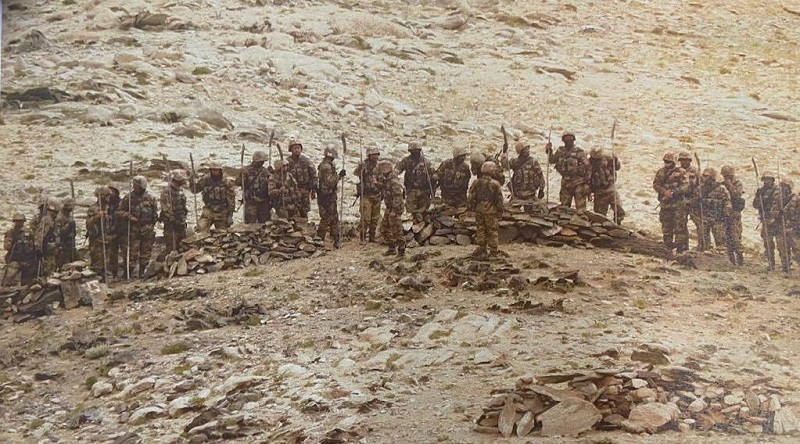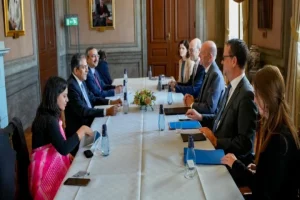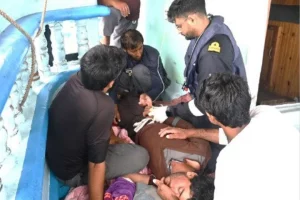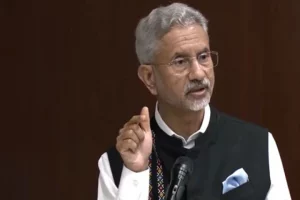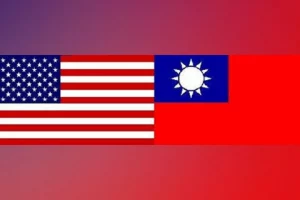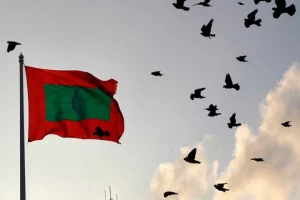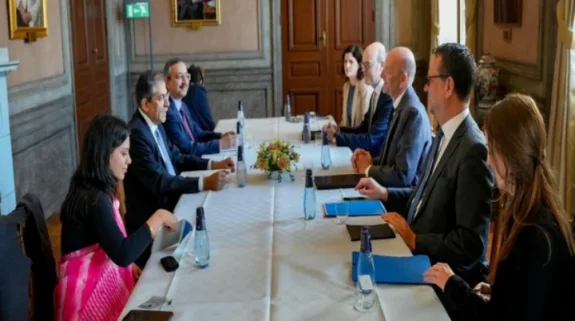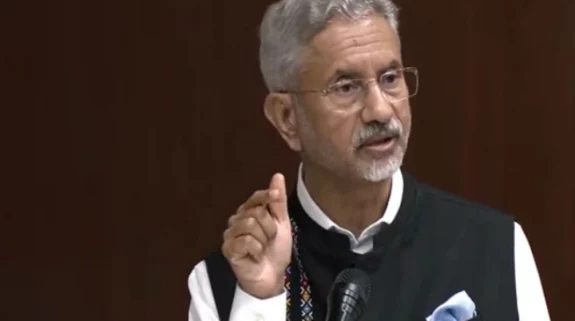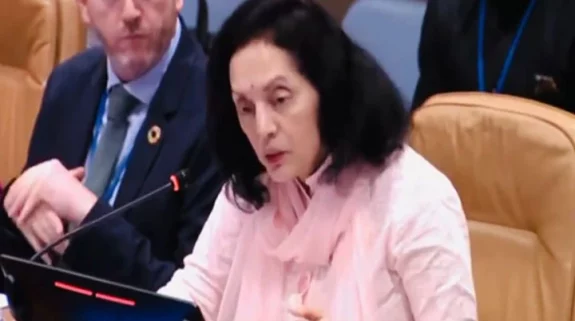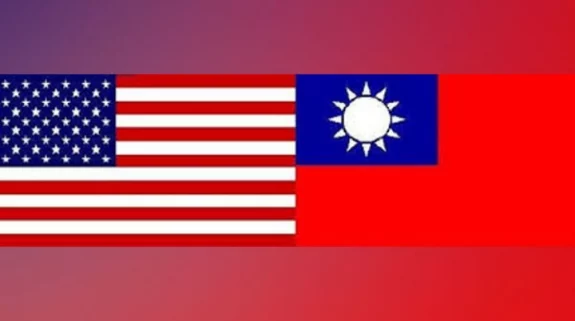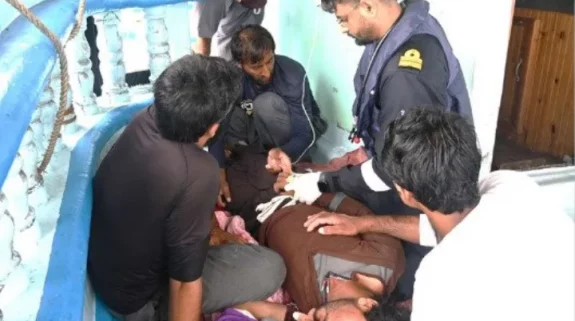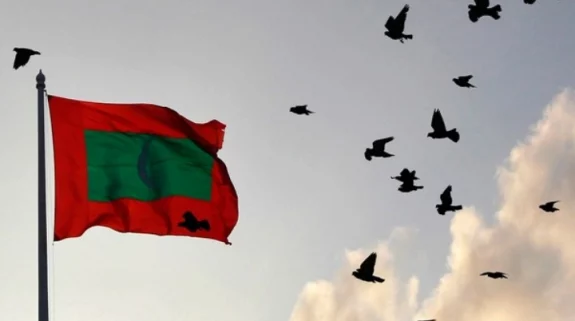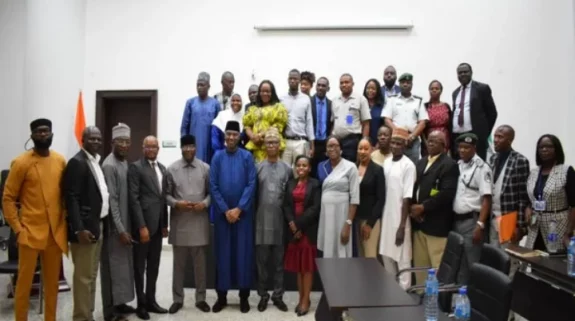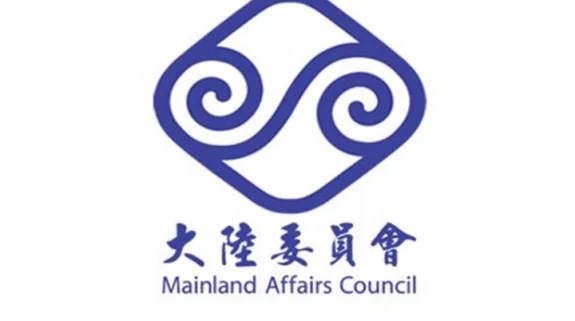India and China have withdrawn their troops from Gogra Heights in Eastern Ladakh. According to the Indian Army, this follows the successful 12th round of Corps Commander talks on July 31 at the Chushul-Moldo meeting point.
This is the second friction point to be resolved after the Pangong Tso lake standoff.
In a statement, the Indian Army said: "The disengagement process was carried out over two days, i.e., August 4 and 5. The troops of both sides are now in their respective permanent bases".
"The two sides had a candid and in-depth exchange of views on the resolution of the remaining areas related to disengagement along the LAC in the Western Sector of India-China border areas. As an outcome of the meeting, both sides agreed on disengagement in the area of Gogra. The troops in this area were in a face-off situation since May last year".
The disengagement followed another round of dialogue last month between the External Affairs Minister Dr S Jaishankar and his Chinese counterpart Wang Yi at Dushanbe on the sidelines of Shanghai Cooperation Organisation foreign ministerial meeting.
Analysts say that the disengagement is a solid step towards the normalisation of ties between the two countries which had gone south following the Ladakh standoff since May 2020.
The statement by the army added that according to the agreement, both sides have ceased forward deployments in this area in a phased, coordinated and verified manner. "All temporary structures and other allied infrastructure created in the area by both sides have been dismantled and mutually verified. The landform in the area has been restored by both sides to pre-stand off period", the statement observed.
Observers however point out that despite the pull out in Ladakh, India needs to be wary about the possibility of another build up in other sectors including Arunachal Pradesh. China has recently extended its Tibet railway to Nyngchi, right opposite Arunachal Pradesh. Last month Chinese President Xi Jinping had visited Nyngchi, signalling the importance that the Chinese leadership is paying to Tibet's border with Arunachal.
The army added: "Both sides have expressed their commitment to take the talks forward and resolve the remaining issues along the LAC in the Western Sector".
With the Chinese incursion in Gogra resolved, the two nations have been able to disengage from two points, the earlier being Pangong Tso, where India held favourable positions overlooking the Chinese garrison of Moldo. The army now plans to take up other issues like Hot Springs and the Depsang plains—where the Chinese PLA had intruded in 2013.
The 12th Round of India-China Corps Commander-level talks had taken place after a gap of three months. Despite the continuous engagement, China had only been rushing troops to the Line of Actual Control (LAC) along with the construction of permanent structures.
India has been insisting at ministerial level talks that all issues on the border have to be resolved and economic ties between the two countries cannot be excluded from the boundary question.
China is under pressure on a number of fronts—on its eastern border, Japan and Taiwan have forged a united front, to its south-east in the South China Sea, the US and its European allies are amassing their navies and its army had been stretched along the Indian border after it intruded in April and May of 2020.
China is also worried over the US withdrawal from Afghanistan as it fears that the Islamic militants might cross over into Xinjiang where it has implemented a brutal crackdown on the Uyghur Muslim people.






